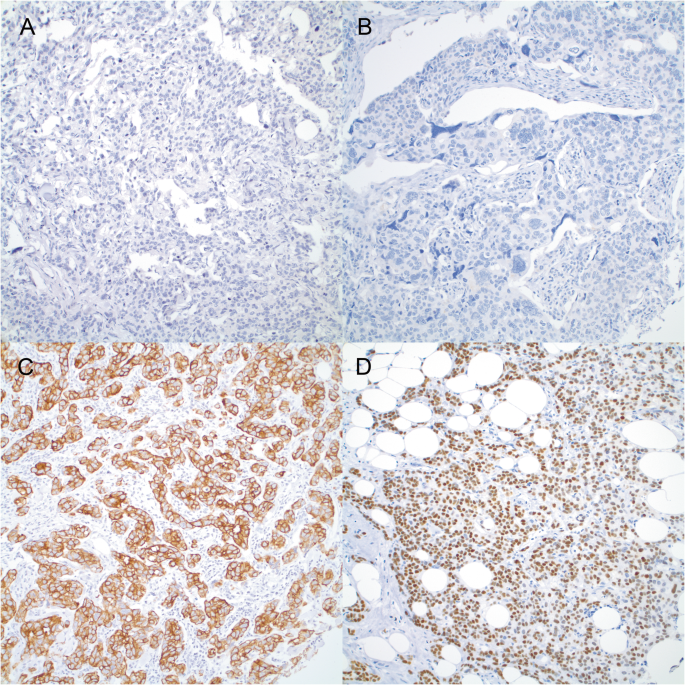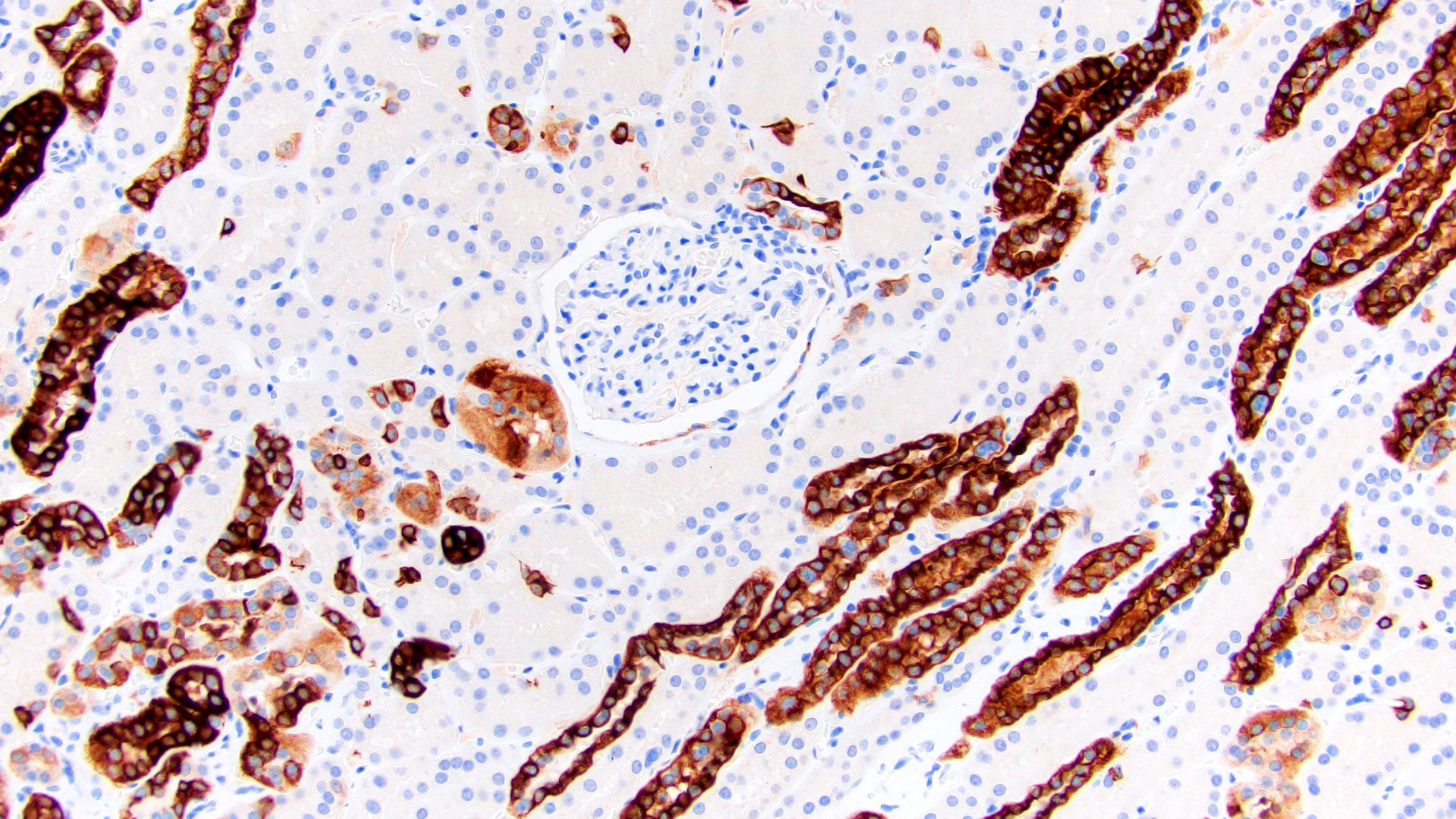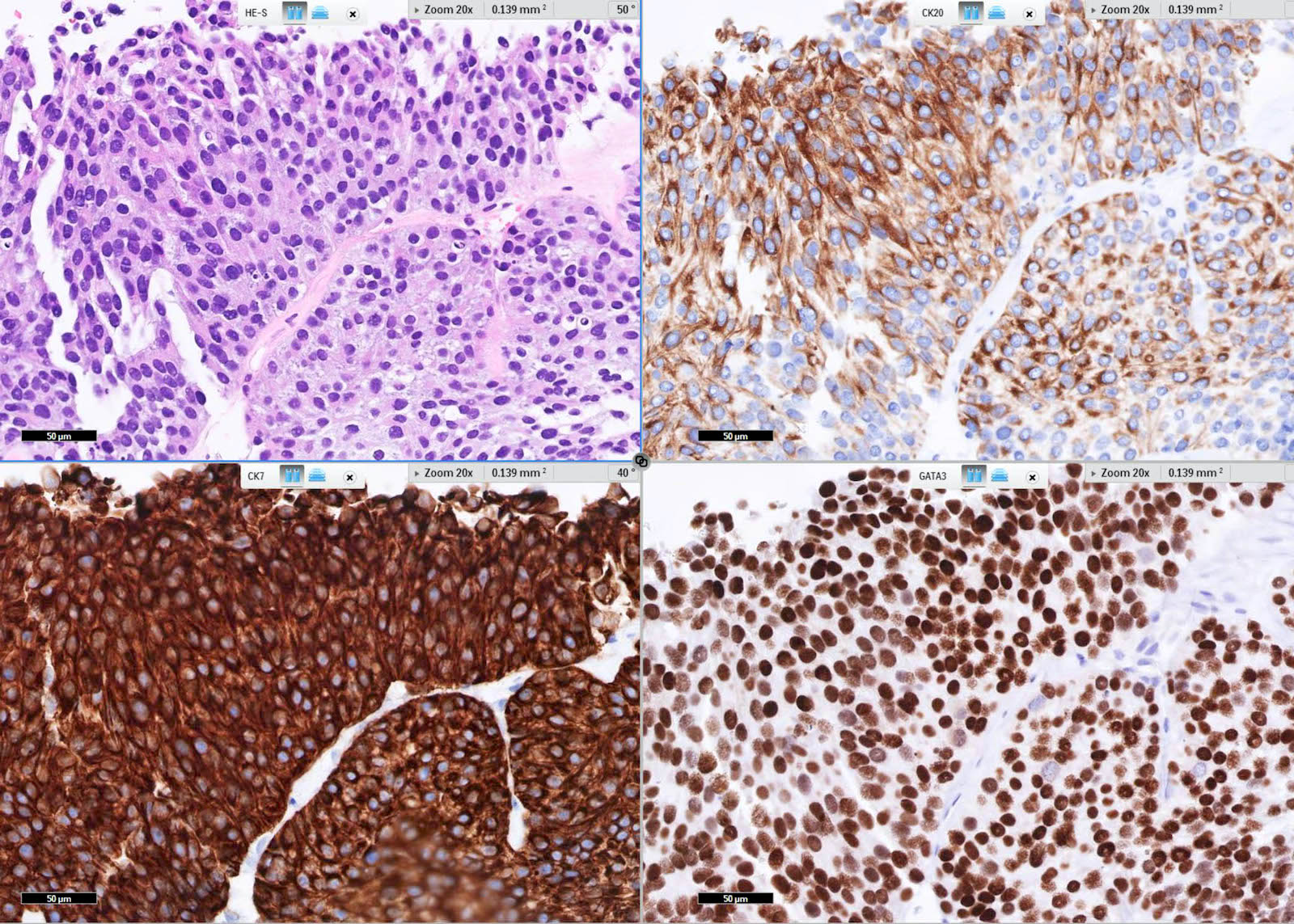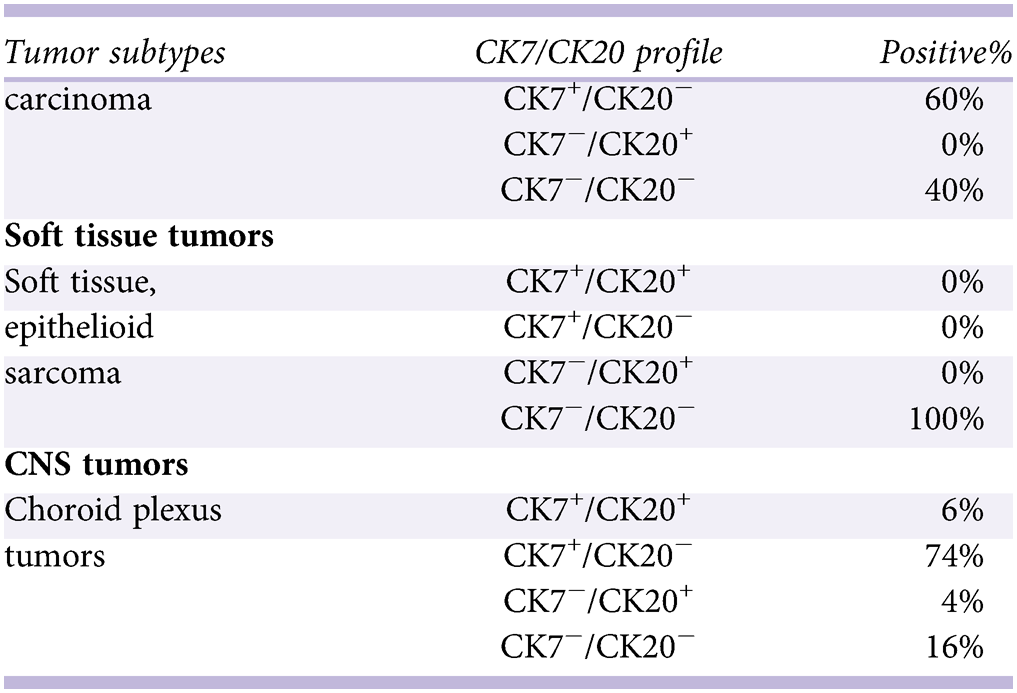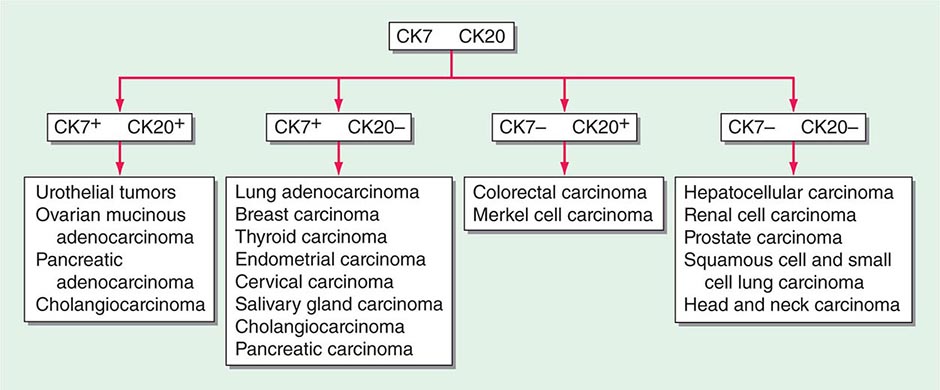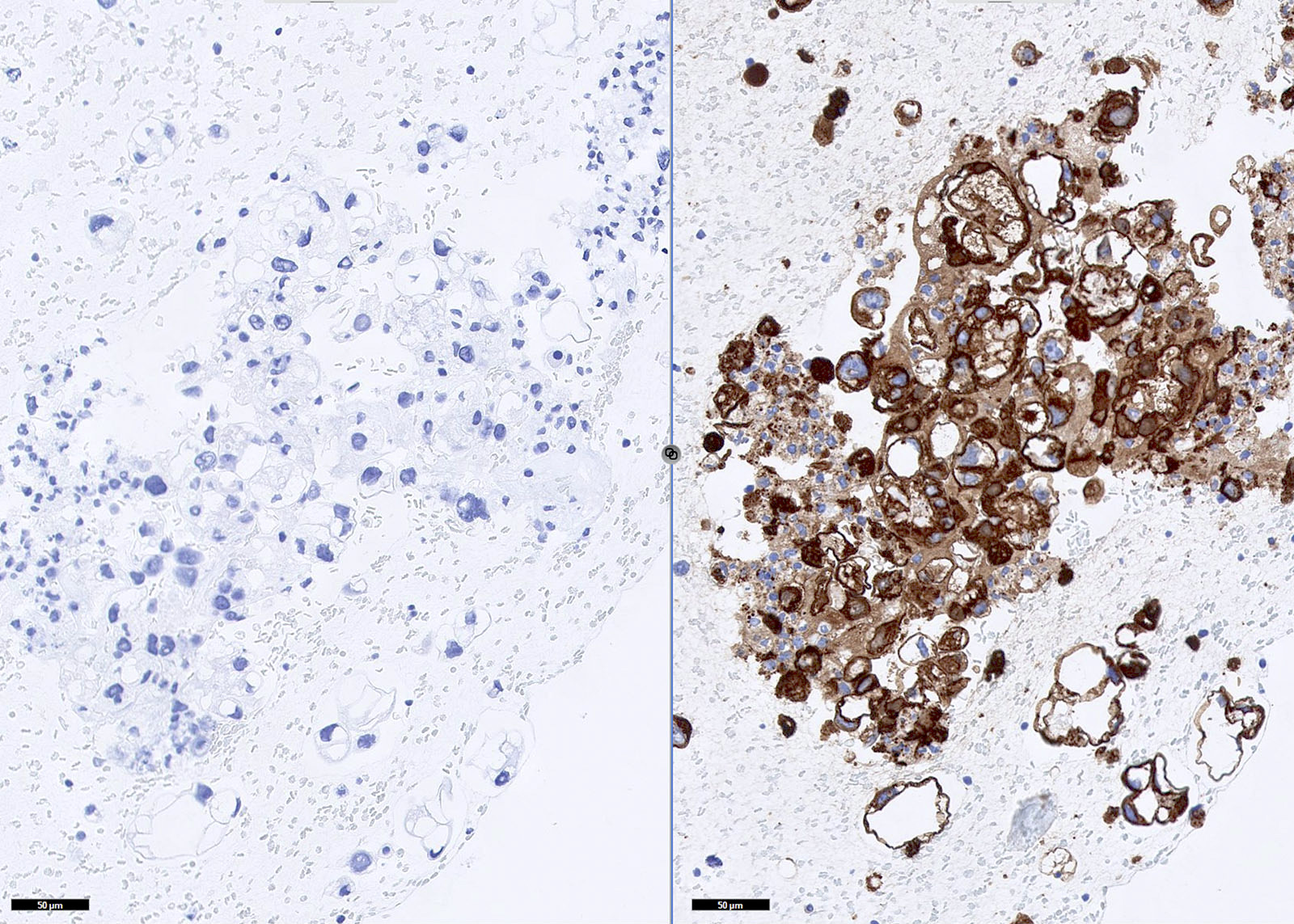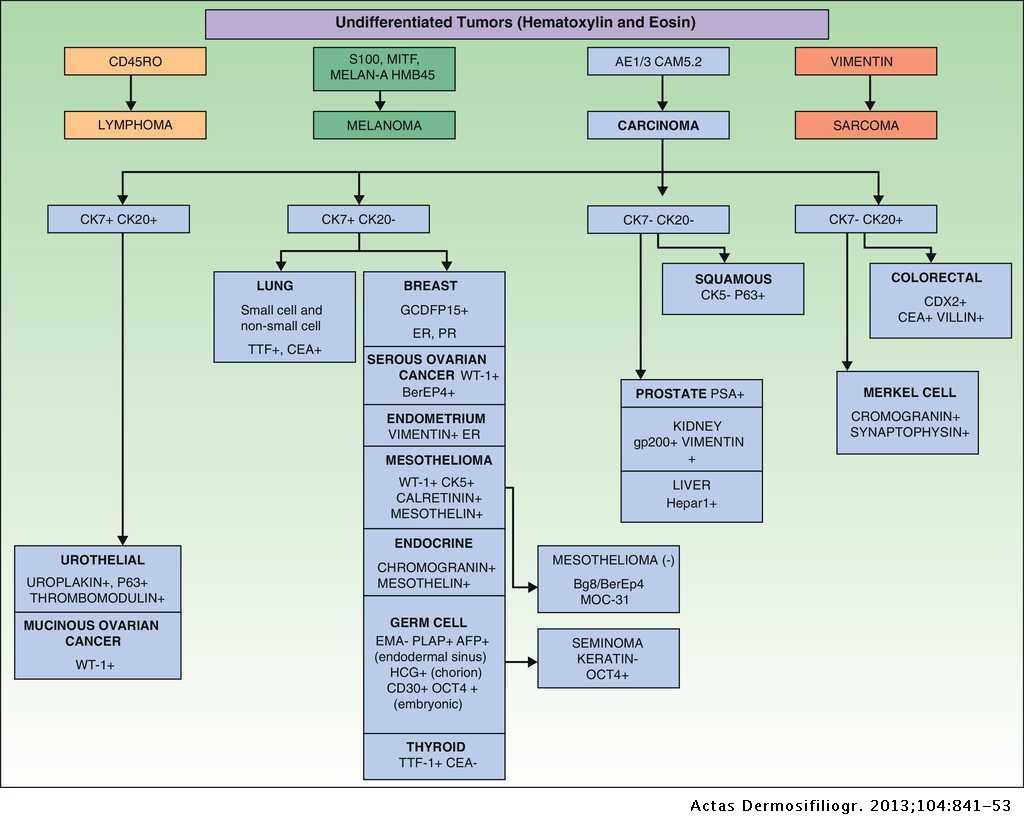
Cytokeratin 7 and cytokeratin 20 expression in cancer: A tissue microarray study on 15,424 cancers - ScienceDirect
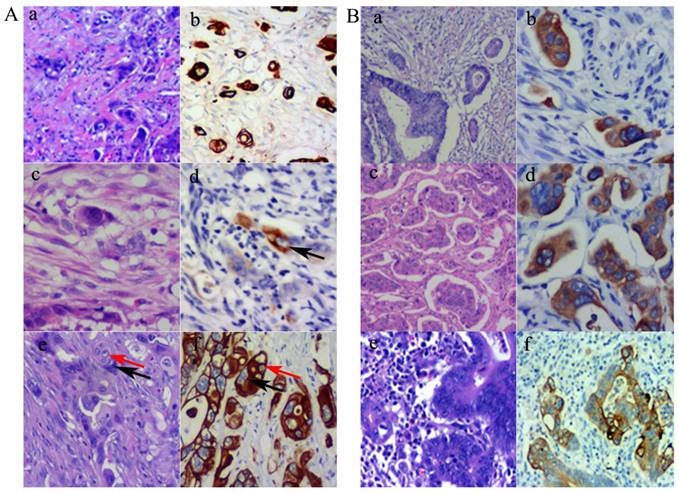
CK7 expression associates with the location, differentiation, lymph node metastasis, and the Dukes' stage of primary colorectal cancers

A panel of four immunohistochemical markers (CK7, CK20, TTF-1, and p63) allows accurate diagnosis of primary and metastatic lung carcinoma on biopsy specimens | SpringerLink
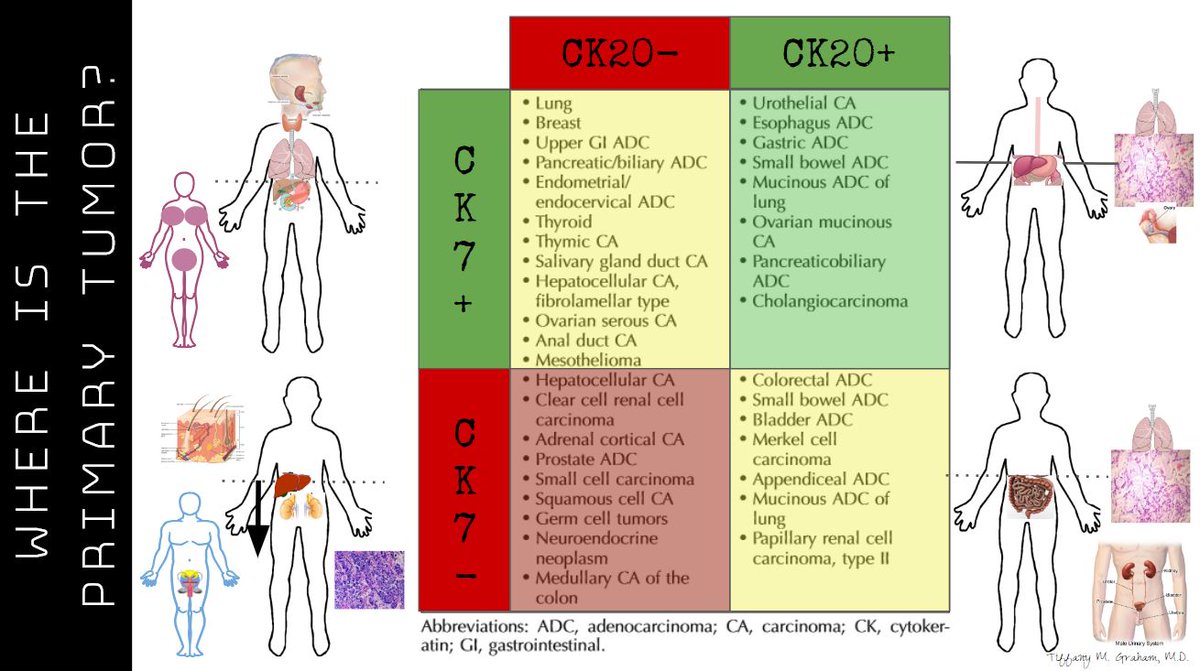
I Heart Pathology on Twitter: "Carcinomas generally demonstrate specific staining patterns based on the epithelial type and differentiation status. CK7 and CK20 stains may be helpful during the workup of a primary

Combined Immunohistochemistry for the “Three 7” Markers (CK7, CD117, and Claudin-7) Is Useful in the Diagnosis of Chromophobe Renal Cell Carcinoma and for the Exclusion of Mimics: Diagnostic Experience from a Single
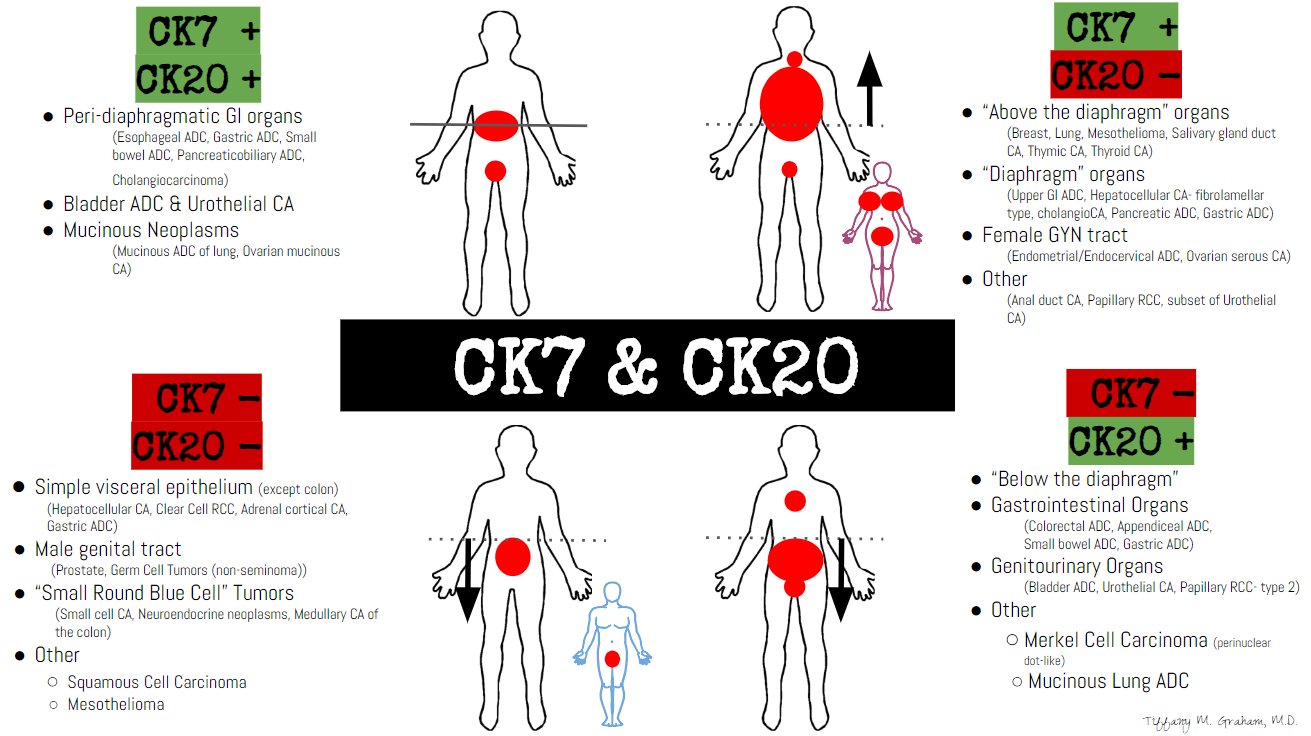
I Heart Pathology on Twitter: "Carcinomas generally demonstrate specific staining patterns based on the epithelial type and differentiation status. CK7 and CK20 stains may be helpful during the workup of a primary

Diagnostic strategies for unknown primary cancer - Varadhachary - 2004 - Cancer - Wiley Online Library

Utility of five commonly used immunohistochemical markers TTF-1, Napsin A, CK7, CK5/6 and P63 in primary and metastatic adenocarcinoma and squamous cell carcinoma of the lung: a retrospective study of 246 fine

Immunohistochemistry for Diagnosis of Metastatic Carcinomas of Unknown Primary Site. - Abstract - Europe PMC

Minimal set of markers for carcinoma identification. Four of the most... | Download Scientific Diagram

Diagnostic utility of vimentin, CD117, cytokeratin-7 and caveolin-1 in differentiation between clear cell renal cell carcinoma, chromophobe renal cell carcinoma and oncocytoma - ScienceDirect

A combination of the immunohistochemical markers CK7 and SATB2 is highly sensitive and specific for distinguishing primary ovarian mucinous tumors from colorectal and appendiceal metastases | Modern Pathology

Differential expression of CK7, CK20, CDX2 in intestinal and pancreatobiliary types of preriampullary carcinoma
